Condiments of Distinction
On most British tables especially in past years would be found a salt and pepper pot. The inseparable pair has graced many a new married couples list of gifts! Avid collectors around the world seek out the myriad variations from the sophisticated elegance of fine silver to the plastic utility of Mickey and Minnie Mouse. Not even the squeezy red tomatoes of ketchup have matched the staying power of salt and pepper.
In more recent times of international cuisine, the white pepper of the pot has been overtaken by the seemingly more upper class black pepper in its grinder but they are of equal status and very useful for our wellbeing. Spices, of which pepper is a major item, have long been valued but for what?
Today we value spices for their nutriti0nal values also accepting that many have long tried and tested medicinal uses. Pepper was one of the first spices to be traded into Europe. Medieval Europeans had an insatiable desire for spices as food flavourants and medicines. Pepper was more closely associated with cinnamon than salt in the earliest days in the Middle East around 2000BCE. The demand for both these spices was driven not only by taste but an early acknowledgement that somehow they helped with the plague. As medicine then was not unlike some aspects of Ayurveda black pepper became with cinnamon the mainstay of treating various ‘humours’.
The city state of Venice dominated the spice trade until the mid-15th century. The venetians brought a thousand or so tonnes of these spices annually plus others such as cardamom and clove though to a lesser extent. In the early 16th century the Portuguese came to dominate the sea route to India so displacing the Venetians who had imported overland.
Eventually pepper reached the status that it has today of being the most traded spice of all leaving behind its early companion cinnamon. Black pepper as an essential oil has increased in price as some scarcity exists of the starting material. In India many small producers have been wiped out by their plantations being invaded by fungal attacks. This is a new phenomenon that has caused hardship and shortages. Vietnam the second biggest producer has not compensated to meet demand. Pepper was at one time more valued than gold and was an alternative to currency. Today we have become used to cheaper prices but like everything else the price has increased to expensive levels.
Black and white pepper begins from the same green unripe drupes of the fruiting twining vine, piper nigrum. They are cooked and dried where they assume by enzymatic action the hard brown peppercorn we know. During the drying process oxidation causes production of the various chemical compounds that provide the actives for the uses the pepper is put to. The condiment white pepper basically differs by the pepper being ripe, the drupe or fleshy part removed and the beige seed itself ground to a powder.
Green Pepper and red pepper can be found especially in Asian cooking but should not be confused with those fleshy vegetable plants of the same common name. These latter are a form of chilli Capsicum anuum and should, to avoid confusion be called Bell or Sweet peppers. They originated of course from South America.
The main components of Black Pepper essential oil are Limonene, Pinene, Myrcene, Phellandrene, Beta Caryophyllene, Beta Bisabolene, Sabinene, Linalol, Pinocarveol, Alpha Termineol, Camphene and Alpha Terpenene. Mostly monoterpenes and sesquiterpenes, the mixture of which, varies widely by origin. This leaves us in no doubts as to its stimulating properties as textbooks tell us. This however needs some explanation. It was Pierre Franchomme that clustered chemical families into groups according to their electrochemical characteristics. So the terms relaxing, balancing and stimulating can, in aromatherapy be used in their strict electrochemical terms or generally as in common parlance. Piperitone, which is named for pepper or piper, the natural ketone in one of its isomers of course gives peppermint its distinctive note but this is not a major constituent of Black Pepper.
A more old fashioned name that well applies to Black Pepper essential oil is tonic and especially of the digestive and nervous system. This is partially revealed in the character of the aroma which is pleasantly warm and softer than one would expect although having that all important spice peak. This softness is reflected in its relative safe usage being classified as a mild irritant. Ginger to which there are some similarities is often used as a calming anti spasmodic for local massage or inhalation. It is not uncommon for ginger to be rejected the smell of which actually causes vomiting in some people. Black Pepper can be used as an alternative. So constipation, flatulence, indigestion and colonic problems can all be candidates for Black Pepper. In Ayurvedic medicine Black Pepper, Long Pepper and Ginger are often combined forming the well-known trikatu mixture fo r increasing appetite. Promoting digestive juices the mixtureis worth consideration.
It is in muscular and articular situations that Black Pepper excels and could contribute substantially to any sports and dance rubs, frictions and massage. Unfortunately many sports people do not warm up properly but muscle massage with this oil will contribute to local blood supply and it is also mildly analgesic. In combination with other warming oils a good medicinal style product can be made that stands well in effect to those branded products that rely heavily upon methyl salicylate and similar.
In the same vein articular joint pain can be addressed. In combination with Kunzea which has specific applications in arthritis a more rounded combination can be made. In these obvious uses it is easy to overlook the more mundane attributes of the essential oil; it is antibacterial and makes for a good ant septic. Being an expectorant and decongestant it can be used for bronchitis and catarrh. The aspect of warming should never be overlooked with this oil. In northern climes in cold conditions it has significant benefit over the less spicy alternatives. Comfort is often that which is missed in treatments. Patient and client care should always be considered alongside immediate effect.
As with many warming oils there is some mention of pepper being an aphrodisiac or sexual stimulant. Often this subject is taken lightly or ends up as being cast, unfortunately, as increasing sexual appetite rather than an improvement in libido defined as ‘The psychic and emotional energy associated with instinctual biological drives’. Much has to do with the warming effect I have mentioned a number of times. Warmth is associated with relaxation, it is this combination of increased local blood supply or gentle warming effect that makes it so useful for sports. It is as much about aroma as contact. A relaxed muscle is ready for activity likewise a relaxed and comfortable person having overcome frigidity or feelings of impotence is more likely to enjoy the satisfaction of fulfilment of sexual drive or desire than attempting to find a quick fix solution to problems often of the mind or simply age. Many massage oils are concocted for this problem area and most concentrate on what I call the romantic and expensive materials. The underpinning warmth of Black Pepper should not be ignored.
Pepper as noted above has become a generic term. So far we have discussed Black Pepper but other species share that common name even apart from the Capsicums. A relative newcomer to the scene is Peruvian, Brazilian or Pink Pepper Schinus molle. Due to the shortage of good Black Pepper it was introduced recently by Fragrant Earth but although it has similarities its bias is more toward elimination. It comes from a small evergreen shrub like tree native to the Peruvian Andes mountain range. The distillation is from the berries. Although not a true Pepper it competes with pepper and can be used in some familiar circumstances. In particular it makes an effective ant-fungal and can be used to replace tea tree in fungal infections. Like many berries such as Juniper it is a diuretic inducing urination so can be considered detoxifying. In sports and dietary situations and even in spas elimination is important. In muscular aches and pains it is with athletes the build-up of acid in the muscles which restricts movement so causing pain. Spicy oils are good for warm up and after sports in massage and this oil has a warming effect and likewise might be useful for rheumatic conditions.It becomes entirely logical then for sports enthusiasts to combine these two oils with a preponderance in the blend toward Black Pepper.
Used in history by the Inca for making an alcoholic drink mixed with maize called chicha this oil is definitely for external use.
The chemical composition is interesting being 50% Myrcene and Phellandrene providing a quite citrus note backed up by Limonene. True some monoterpenes can be sensitising and irritating depending uon the total comples of constituents the latter increases local blood supply but one person’s irritant is someone else’s stimulant and warming action!
In European symbolism pepper has been associated with protection and exorcism. Mention was made of the Inca’s above but the Mayans had a pepper god and a chocolate goddess! Chocolate flavoured with chilli pepper has become a fashionable sweet today but was originally a ritual drink. However we view pepper it has such a long history falling from priceless to commonplace we should reconsider it in Aromatherapy practice. From whatever species it is underutilised perhaps by the misconceptions that it is too irritating. Always the homily ‘there is no such thing as poison only dosage’ is applicable. Patch testing and judicious reading and training will overcome any reticence in using this practical and valuable set of ‘peppers’. “Would you like some Black Pepper on your pizza?” “Of course.” And “chilli in yourchocoalte? “I’ll try.”

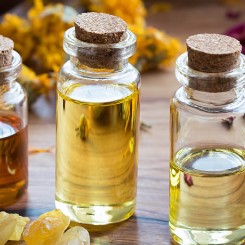 Essential Oils
Essential Oils
 Hydrolats, Hydrosols, Floral Waters
Hydrolats, Hydrosols, Floral Waters
 Synergies
Synergies
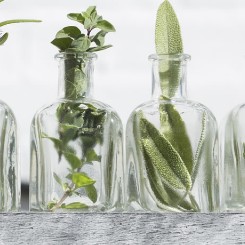 Herbal Oils
Herbal Oils
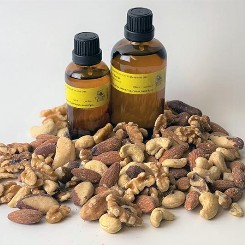 Vegetable Oils
Vegetable Oils
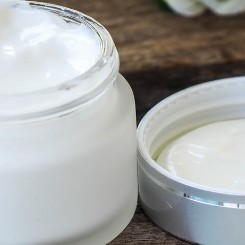 Bases
Bases
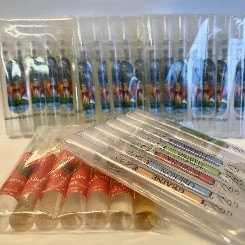 Books, Kits and Trial Packs
Books, Kits and Trial Packs
 Skincare
Skincare
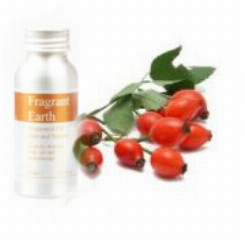 Body Care Oils
Body Care Oils
 Hair Care
Hair Care
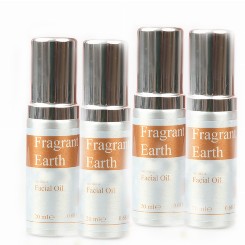 Facial Oils
Facial Oils
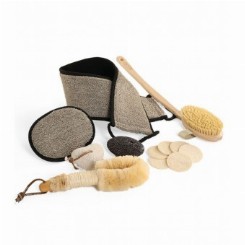 Eco Bath
Eco Bath
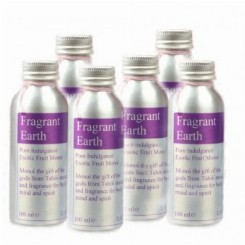 Pure Indulgence
Pure Indulgence
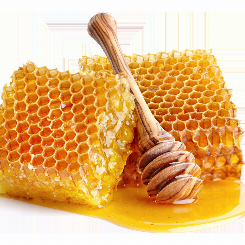 Honey, Beeswax & Propolis
Honey, Beeswax & Propolis
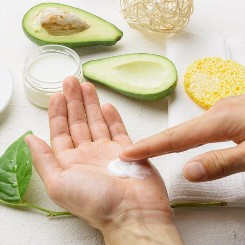 Handcream
Handcream
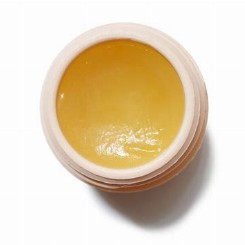 Balms, Salves & Ointments
Balms, Salves & Ointments
 Oral Care
Oral Care
 Feminine Hygiene
Feminine Hygiene
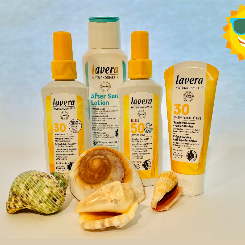 Sun Care
Sun Care
 The Walton Cat
The Walton Cat
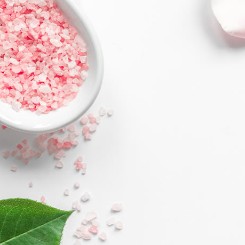 Bath Salts
Bath Salts
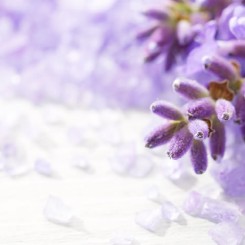 Somerset Lavender
Somerset Lavender
 Diffusers
Diffusers
 Candles
Candles
 Shower Gel
Shower Gel
 Soap
Soap
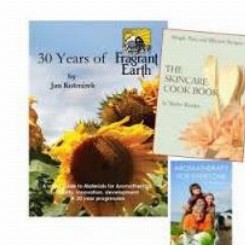 Books
Books
-245x-245x.jpg) Aromatic Waters
Aromatic Waters
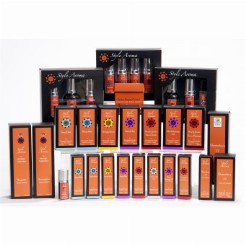 Style Aroma
Style Aroma
 Synergy Blends
Synergy Blends
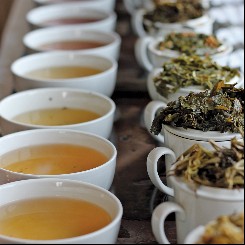 Miles Speciality Teas & Coffees
Miles Speciality Teas & Coffees
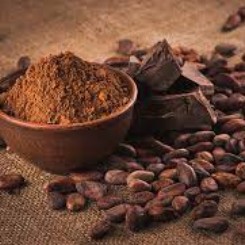 Chocolate one of life's passions
Chocolate one of life's passions